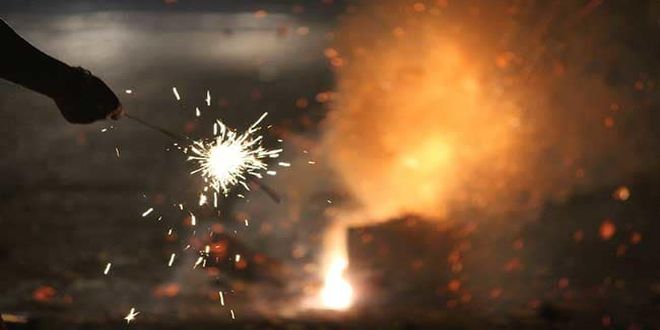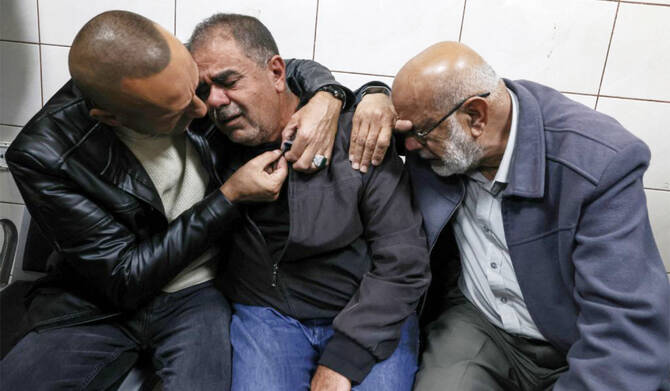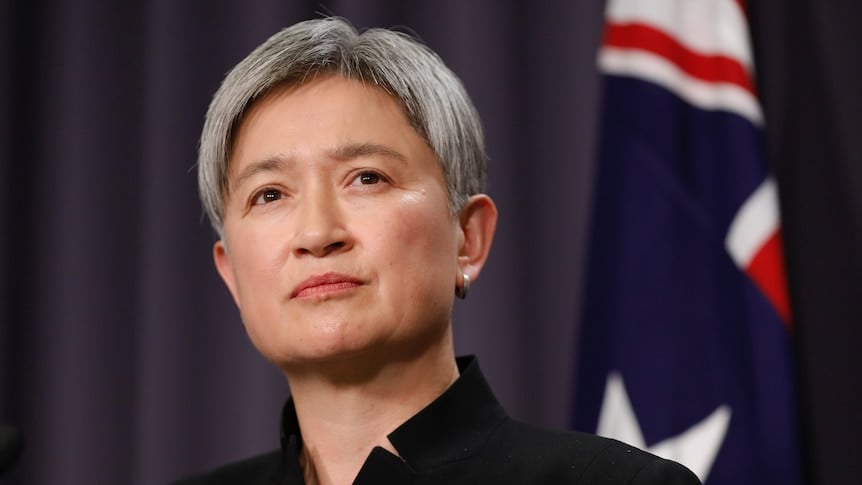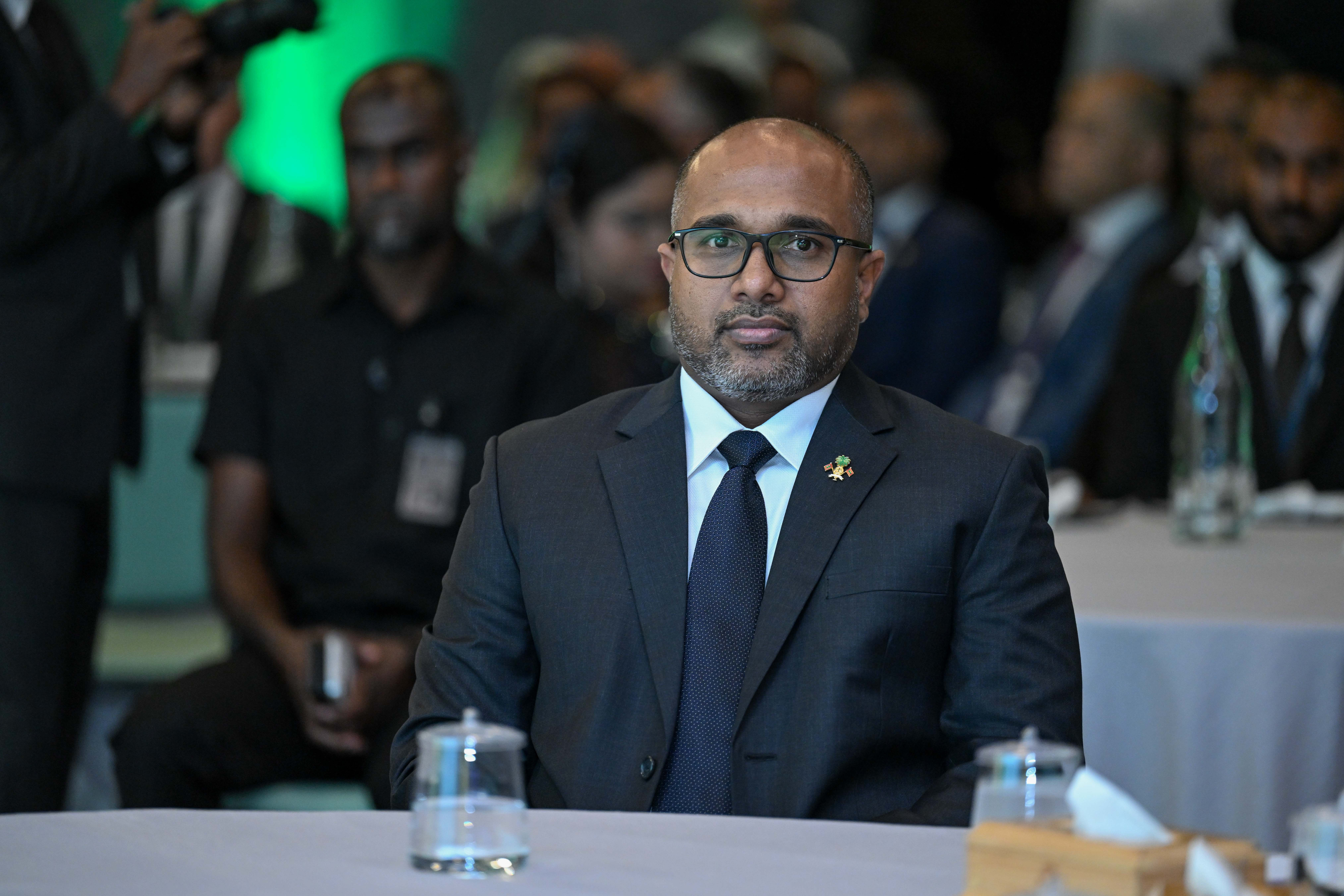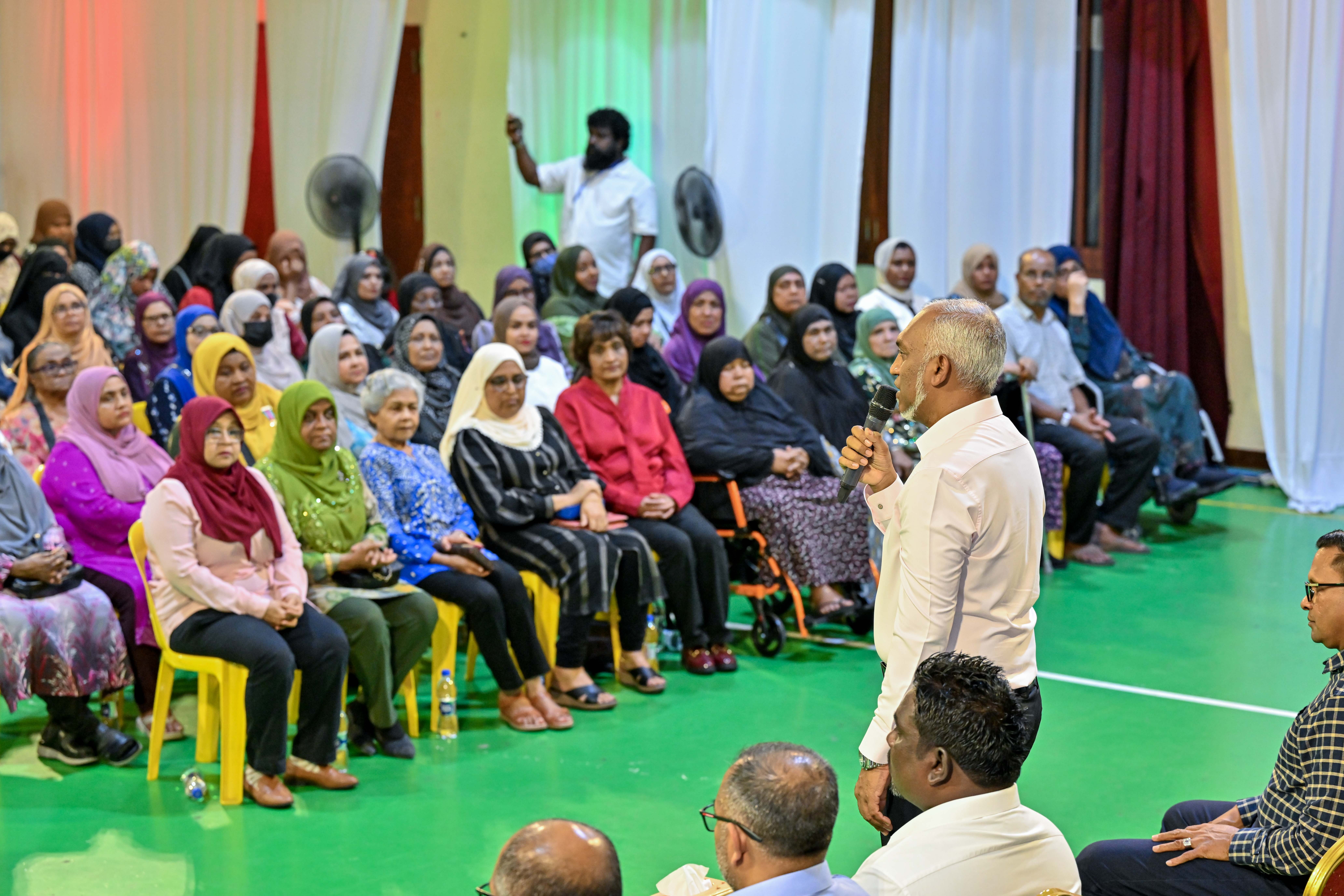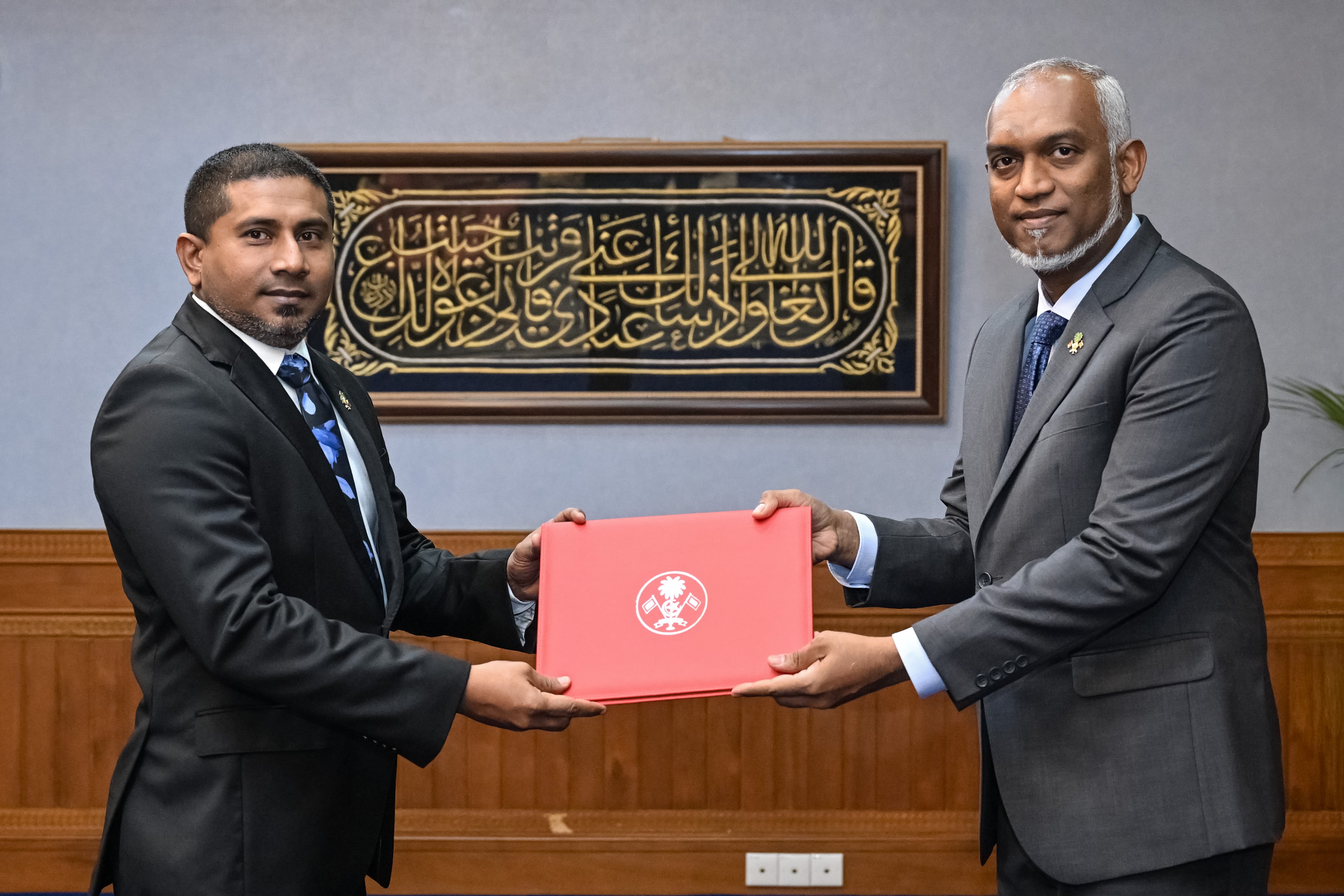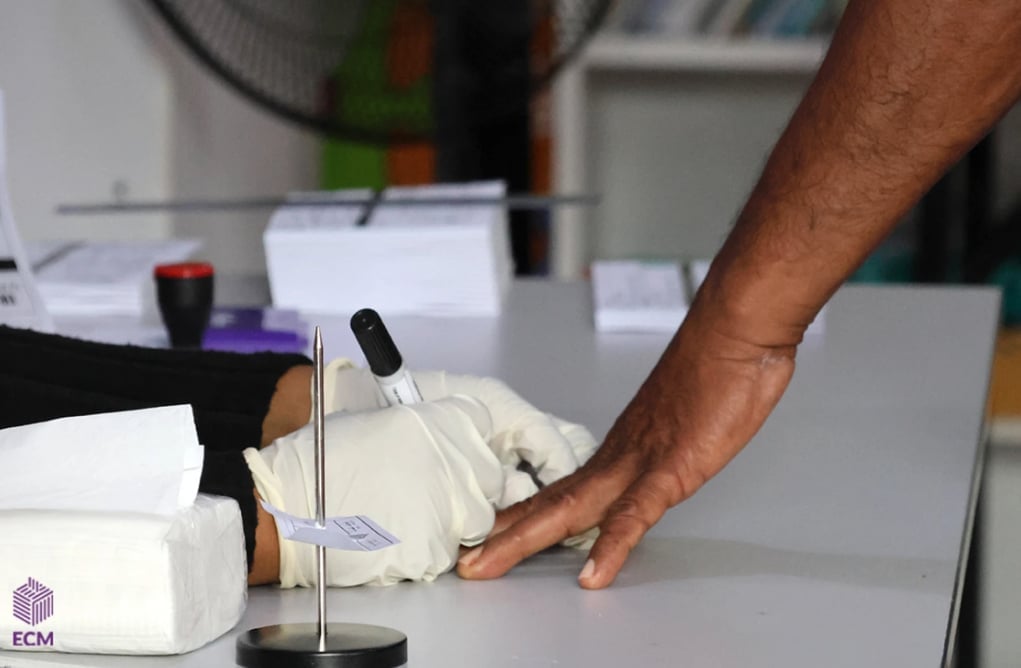The morning after Diwali, the Hindu festival of lights, residents of New Delhi woke up under a blanket of toxic smog and breathed in the most dangerously polluted air of the year so far, after revelers, as usual, defied a fireworks ban.
The Air Quality Index (AQI) surged to 451 on a scale of 500 — the maximum recorded this year — indicating “severe” conditions that affect healthy people and seriously impact those with existing diseases, according to the federal pollution control board’s guidance.
The AQI measures the concentration of poisonous particulate matter PM2.5 in a cubic meter of air. In Delhi, a city of nearly 20 million people, the PM2.5 reading on Friday averaged 706 micrograms, whereas the World Health Organization deems anything above an annual average of 5 micrograms as unsafe.
Airborne PM2.5 can cause cardiovascular and respiratory diseases such as lung cancer. And, in India, toxic air kills more than a million people annually.
New Delhi has the worst air quality of all world capitals, but even by its sorry standards, Friday’s reading was extra bad, as people paid the price for celebrating India’s biggest festival in the noisiest, and most smoky way.
Meanwhile, every year, either government authorities or India’s Supreme Court impose a ban on firecrackers. But the bans rarely appear to be enforced.
The Air Quality Index (AQI) surged to 451 on a scale of 500 — the maximum recorded this year — indicating “severe” conditions that affect healthy people and seriously impact those with existing diseases, according to the federal pollution control board’s guidance.
The AQI measures the concentration of poisonous particulate matter PM2.5 in a cubic meter of air. In Delhi, a city of nearly 20 million people, the PM2.5 reading on Friday averaged 706 micrograms, whereas the World Health Organization deems anything above an annual average of 5 micrograms as unsafe.
Airborne PM2.5 can cause cardiovascular and respiratory diseases such as lung cancer. And, in India, toxic air kills more than a million people annually.
New Delhi has the worst air quality of all world capitals, but even by its sorry standards, Friday’s reading was extra bad, as people paid the price for celebrating India’s biggest festival in the noisiest, and most smoky way.
Meanwhile, every year, either government authorities or India’s Supreme Court impose a ban on firecrackers. But the bans rarely appear to be enforced.





